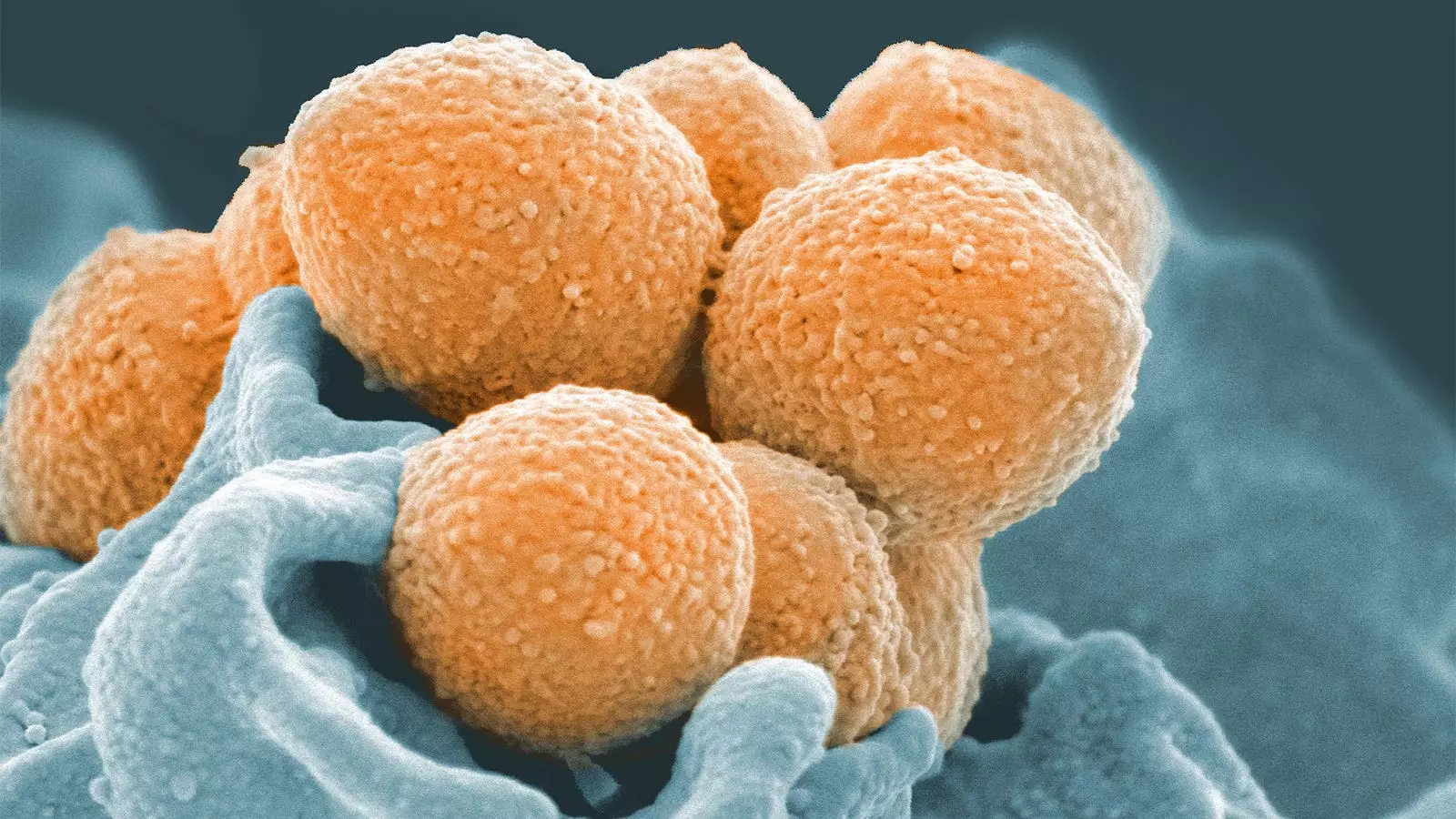Invasive group A Streptococcus infections, particularly cases of streptococcal toxic shock syndrome (STSS), present a significant challenge to healthcare providers. STSS is a severe infection characterized by shock and organ dysfunction, making it a complex and rapidly evolving condition to manage. As an infectious disease, emergency medicine, and critical care physician, I have personally witnessed the devastating impact of STSS on patients. The unpredictable nature of this infection, resembling a tornado tearing through the body, requires a multidisciplinary approach to treatment involving antibiotics, intensive care, surgical interventions, and intravenous immunoglobulin (IVIG) administration.
Japan has recently experienced a surge in STSS cases, with over 500 reported cases in just over three months. This increase, particularly linked to the M1UK strain of group A Streptococcus, raises concerns about the epidemiology of this infection. The rise of a hypertoxigenic and highly transmissible strain like M1UK poses a significant public health threat, prompting public health officials to issue warnings and take preventive measures to control the spread of the infection. The cancellation of large-scale events in Japan highlights the severity of the situation and the urgent need for intervention.
The changing epidemiology of STSS and invasive group A Streptococcus infections raises questions about potential contributing factors. Heightened diagnosis, increased attack rates following the COVID-19 pandemic, and shifts in carriage rates of the M1UK strain are all plausible explanations for the current trend. Understanding the prevalence of the M1UK strain and identifying high-risk carriers is crucial for developing targeted interventions to prevent the spread of the infection and reduce the associated morbidity and mortality rates.
The experiences in Japan serve as a wake-up call for healthcare providers worldwide, emphasizing the importance of vigilance and preparedness in managing STSS and other severe group A Streptococcal infections. Post-pandemic surges in streptococcal infections in various countries, including the United States, underscore the need for continued surveillance and strain characterization to track and respond to emerging threats. Clinicians must familiarize themselves with the distinctive features of STSS and stay updated on optimal treatment strategies, such as the use of IVIG, to mitigate the devastating effects of this infection. Strengthening global collaboration and knowledge sharing on STSS can improve outcomes and enhance patient care across borders.
The rising numbers of invasive group A Streptococcus infections, particularly cases of streptococcal toxic shock syndrome, present a formidable challenge to healthcare systems worldwide. By understanding the complex nature of this infection, addressing underlying causes, and staying alert to emerging trends, clinicians can better prepare to manage and control the impact of STSS on patients and communities.


Leave a Reply